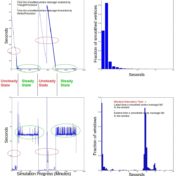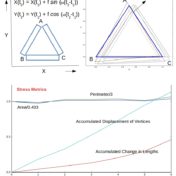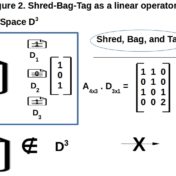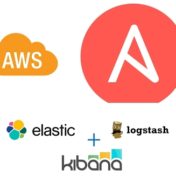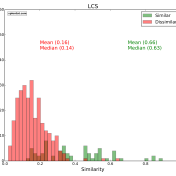Multivariate Regression with Neural Networks: Unique, Exact and Generic Models
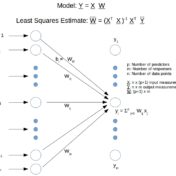
Michael Nielsen provides a visual demonstration in his web book Neural Networks and Deep Learning that a 1-layer deep neural network can match any function . It is just a matter of the number of neurons to get a prediction that is arbitrarily close – the more the neurons the better the approximation…. Read more »


